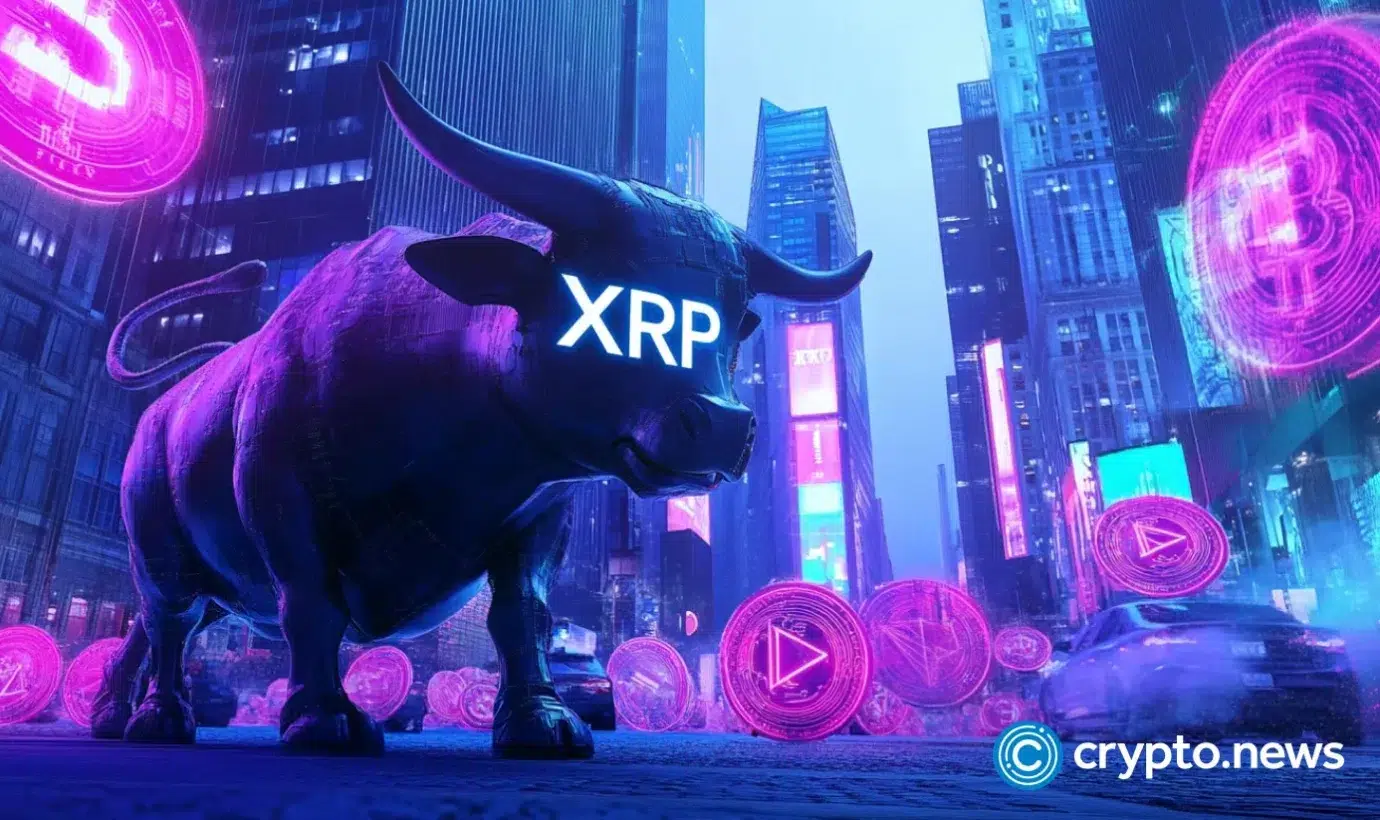Starknet to Launch Bitcoin Staking on Mainnet by September 30
TLDR
- Starknet to launch Bitcoin staking on mainnet with flexible wrapper token options.
- Unstaking period reduced from 21 days to 7 days for Bitcoin staking on Starknet.
- Bitcoin staking on Starknet will enhance decentralized finance (DeFi) growth.
- Wrapped Bitcoin tokens like WBTC and LBTC will be supported for staking on Starknet.
Starknet, the Ethereum Layer-2 scaling solution, will officially launch Bitcoin (BTC) staking on its mainnet on September 30, 2025. This significant update is set to support the growing Bitcoin decentralized finance (BTCfi) ecosystem, which aims to bring Bitcoin into the DeFi space. Starknet will allow users to stake their Bitcoin through wrapped Bitcoin assets such as WBTC, LBTC, and SolvBTC.
Starknet’s move to integrate Bitcoin staking represents a key step in its effort to tap into the Bitcoin network, diversifying its offerings and expanding the broader DeFi ecosystem. The staking feature will be integrated into Starknet’s existing network, offering users a secure and decentralized way to participate in staking activities.
A Flexible Staking Model for Bitcoin Users
The upcoming Bitcoin staking feature on Starknet will offer flexible wrapper options for Bitcoin holders. The platform plans to support popular wrapped Bitcoin tokens such as WBTC, LBTC, and SolvBTC.
These assets represent Bitcoin on the Ethereum and Starknet networks, enabling users to stake their Bitcoin without moving it directly to the Ethereum network.
In addition, the staking model will allow for shorter unstaking periods. Instead of the typical 21-day unstaking period that many platforms use, Starknet has reduced the unstaking period to just 7 days, making it easier for users to access their funds quickly when needed. This flexibility aims to attract more Bitcoin holders and DeFi enthusiasts, offering a more convenient way to participate in staking without sacrificing liquidity.
BTCfi Ecosystem Growth and Impact
Starknet’s Bitcoin staking feature comes at a time when the BTCfi ecosystem is growing rapidly. According to data from DeFiLlama, the total value locked (TVL) in DeFi protocols on Bitcoin recently surpassed $8.4 billion, reflecting a more than 8% increase in just the past 24 hours.
Starknet’s move into Bitcoin staking will likely increase this figure, further pushing the adoption of Bitcoin within decentralized finance.
By integrating Bitcoin into DeFi, Starknet is not just offering a new product; it’s also helping bridge the gap between the Bitcoin and Ethereum ecosystems. This enables Bitcoin holders to access rewards, yield farming, and liquidity mining opportunities in a manner that was previously not possible within the traditional Bitcoin network.
Governance and Community Involvement
The launch of Bitcoin staking on Starknet comes after a community governance proposal was passed by the Starknet community with overwhelming support (93% approval). This community-driven approach ensures that users and validators will have a say in how the platform operates, making Starknet a more transparent and decentralized network.
The governance decision aligns with the increasing trend of DeFi protocols offering community-driven decisions, encouraging active participation and engagement from the platform’s users.
Furthermore, the decision to launch Bitcoin staking supports Starknet’s vision of fostering decentralized finance (DeFi) on the Bitcoin network while improving network security. Users who stake their Bitcoin on Starknet will help secure the network while earning rewards for their participation.
The post Starknet to Launch Bitcoin Staking on Mainnet by September 30 appeared first on CoinCentral.
You May Also Like

REX-Osprey’s XRP ETF hits $24m as day 1 volume outpaces futures debut

Zcash (ZEC) Rips While Bitcoin Dips — Can This Privacy Coin Run 49% Higher
